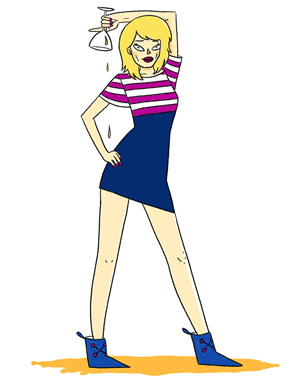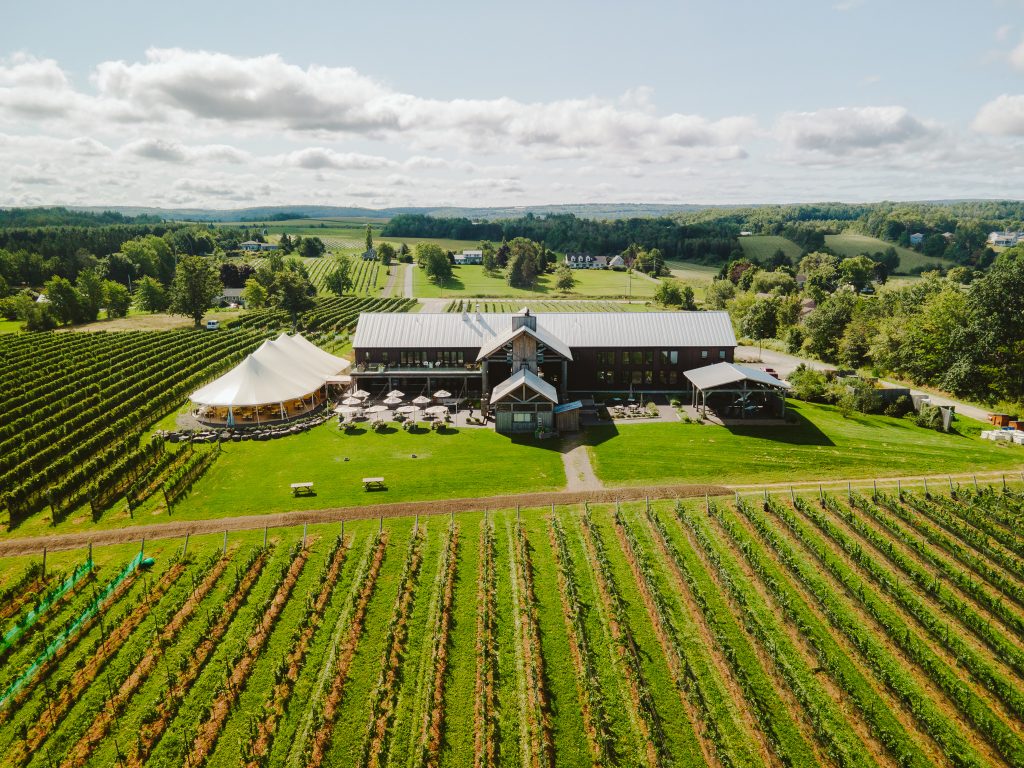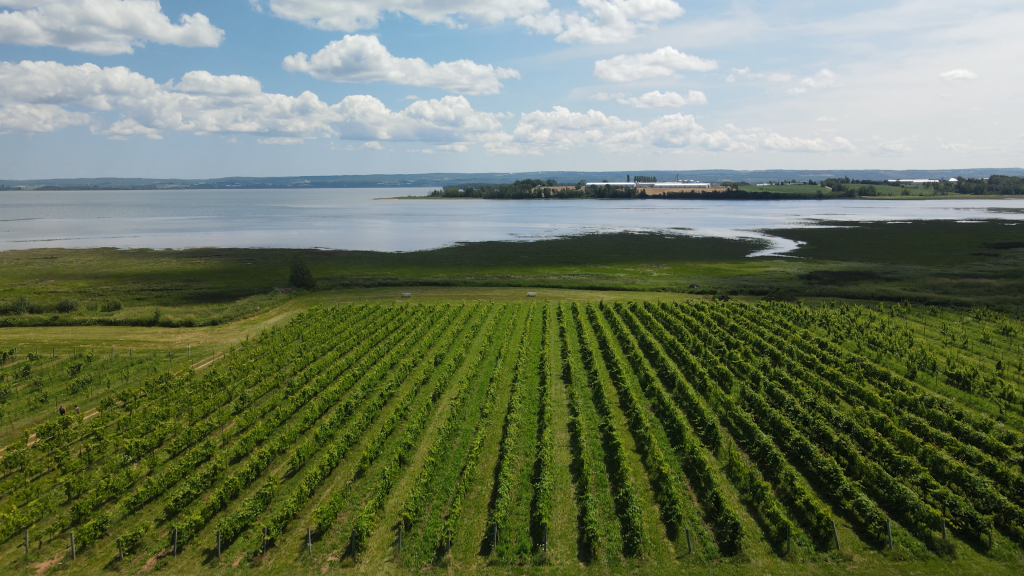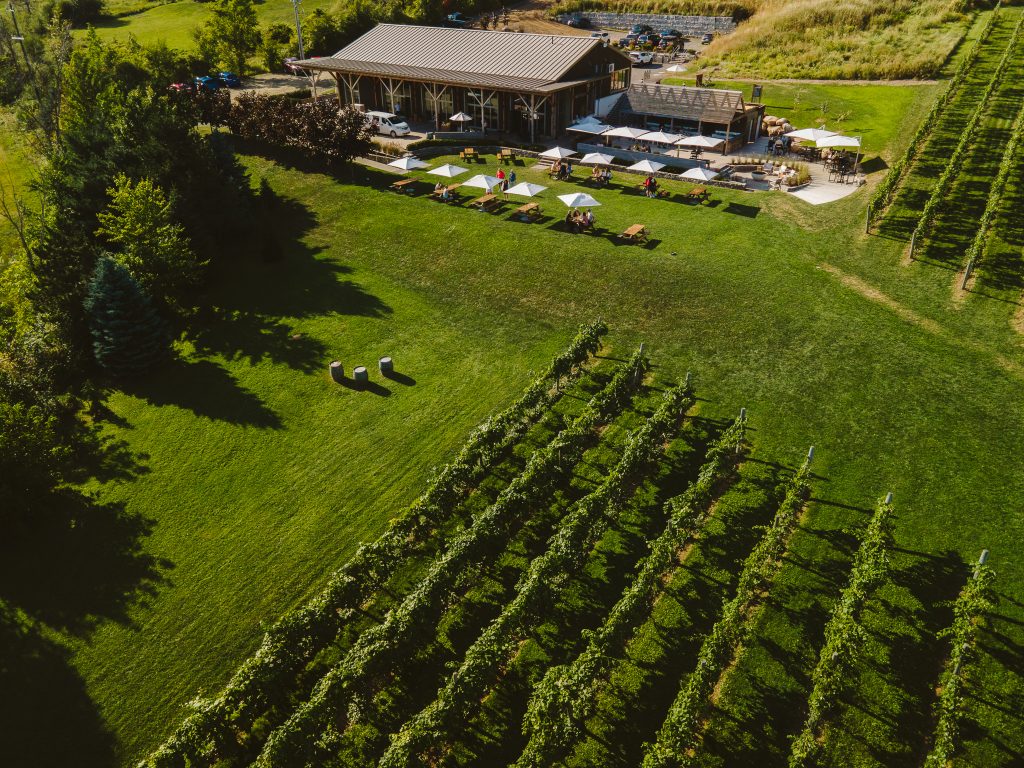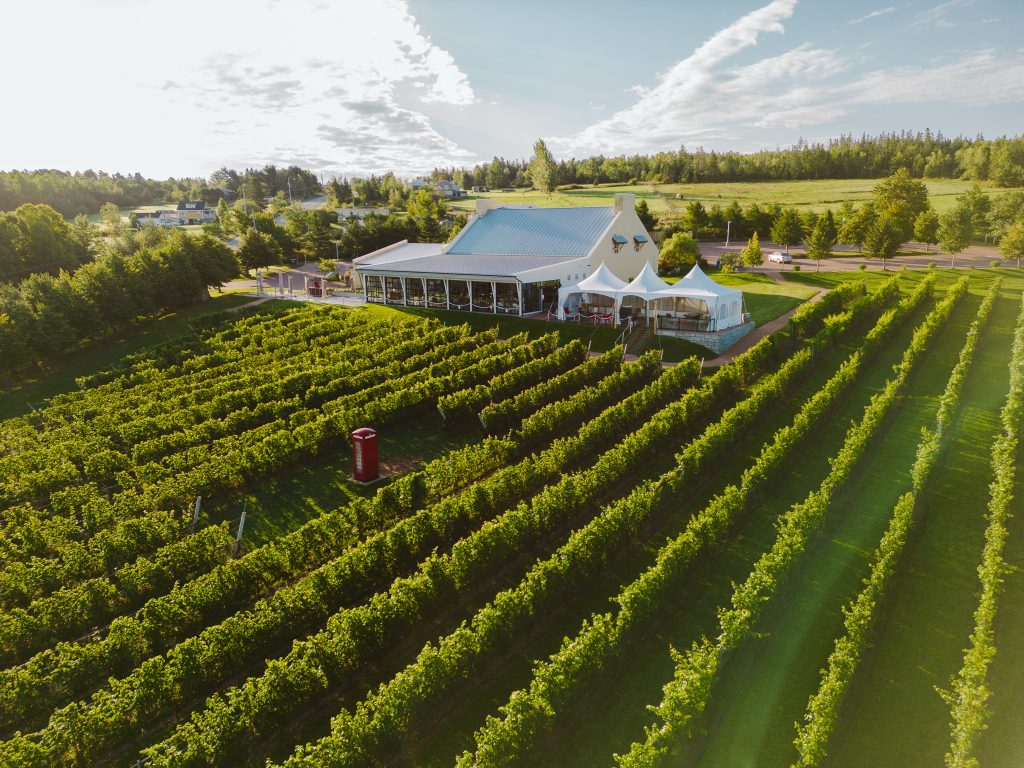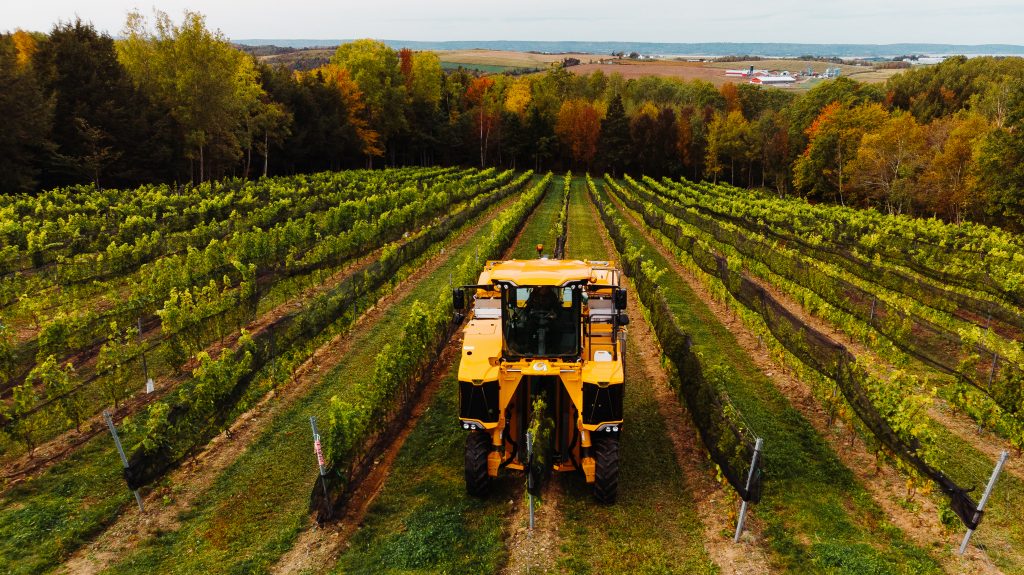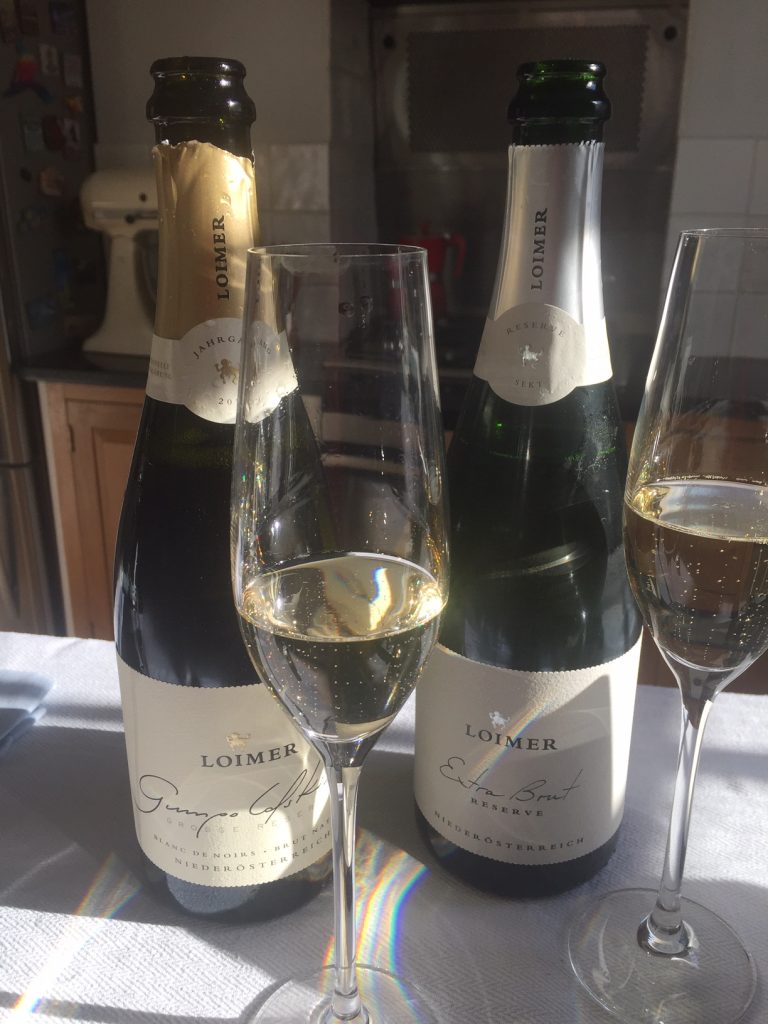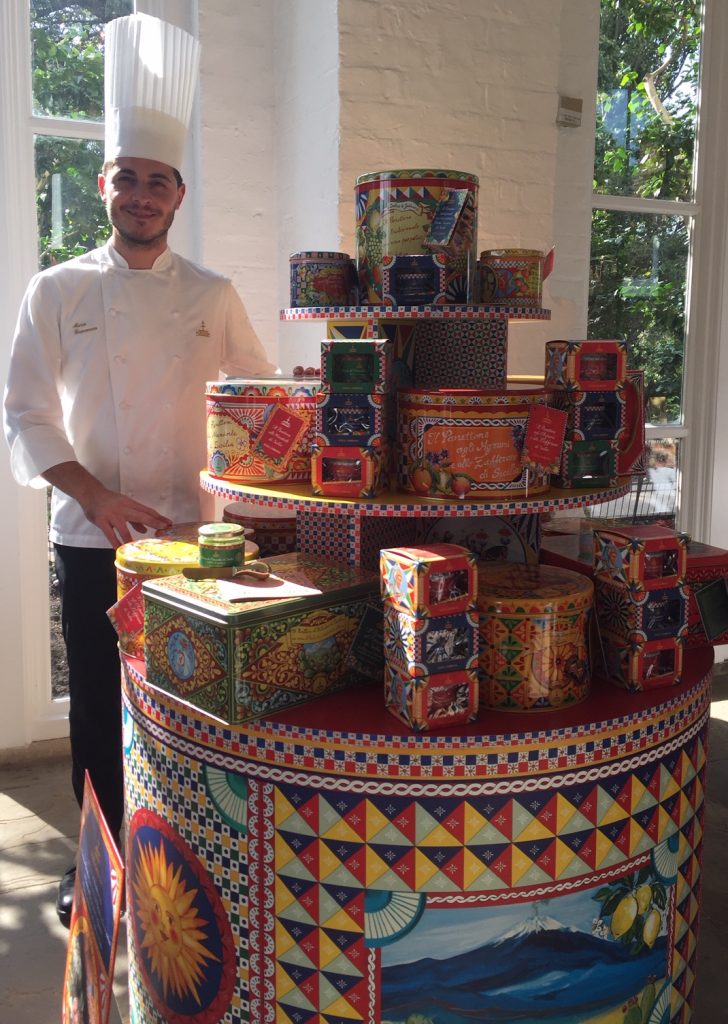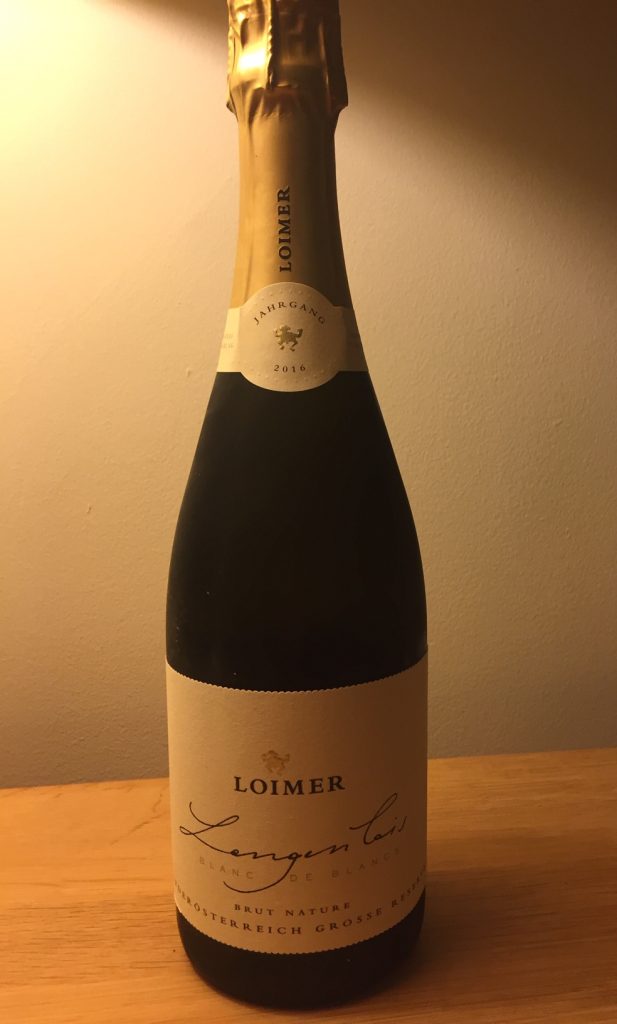As we head into the depths of winter it seems a good time to write about Toro. Probably its rich wines are best enjoyed in colder months, but the wine is born of hot and dry summers.
Over the past couple of years the English Nose has quivered with appreciation over many a Spanish wine (see my in-depth report for World Of Fine Wine on Rias Baixas) but it’s high time I put pen to paper on my blog report on the exciting changes that are happening on the Spanish wine scene. Not least in the region of Toro.
Toro has flown under the radar for too long, maybe because its rich wines were quietly whisked away to regions used to beef up the local offering. But the wines of Toro have a long history. Christophe Columbus took them to the Americas. It’s testament to how seriously the region took their wine that an oenological station was established in 1882 and the DO (Denominacion de Origen) was recognised surprisingly early in 1933. With the Spanish Civil War and two World Wars viticulture hit a rough patch as it did across the continent, but while Toro suffered from the effects of politics, it was among the few places in Europe which escaped the death knell of phylloxera thanks to the sandy soil which the pesky louse does not care for. The result of which is an amazing patrimony of old vines. There are 125 hectares of vines over hundred years old and 1172 hectares of vines that have clocked up over fifty. In 1987 when the DO was rejigged there was a flurry of planting which breathed energy into Toro’s vineyards and those vines are now sufficiently mature to be hitting their stride.
So there’s great vineyard material. The variety is principally Tinto del Toro, aka Tempranillo, a sub strain which has pointier leaves, but more importantly thicker skin and is found only in Toro. It differs from the Tempranillo in Toro’s’ illustrious neighbour Ribera del Duero, in whose shadow the wines of Toro have long been hidden. While investment and high profile producers piled into Ribera del Duero, Toro, which is also on the Duero, was largely overlooked. But this is changing helped by Vega Silica establishing a winery in Toro. Heavyweight LVMH have added Bodeas Numanthia, to its glamorous portfolio of international wineries and Lurton has arrived with the Bordeaux consultant Roland, renowned for his glossy international style.
So things are definitely afoot in Toro, although arguably it made a dodgy start on the winemaking front. Taking inspiration from Ribera de Duero, Toro broke out of its chrysalis with big extracted wines laden with American oak – a style which finds a ready market in US.
However a tasting of wines from twenty producers indicates some development. Some are taking a more restrained approach. This is most noticeable in the ageing process. There is now as much French as American oak and there is a trend for maturing in second and third fill barrels, some of them larger, which contribute fewer oaky characters to the wine.
And it was a joy to see producers experimenting with amphora – clay and ceramic – either placed above ground or the more ancient method of burying the terracotta vessel below. Using amphora is not new here, but was overlooked in the enthusiasm for new oak. I particularly liked Bodega Vina Zangarron L’Amphore, a wine aged in a buried amphora for twelve months which is silky textured with a delicate dusting of tannin and dried thyme on the finish and of which there are just 300 bottles.
I hope we will see more wines made in Bodegas Zangarron’s more restrained style, but the region is in transition. While the ‘Nose’ was happy to smell less oak, many producers are still not shy in using it. Thing is, Toro wines really do not need much embellishing. By virtue of the terroir they are full bodied and quite rich enough already. Where wines natural hit 14.5-15%, the apparent sweetness of oak, especially new and American, can make them heavy and unappealing.
Let’s face it high alcohol is unavoidable here. The summers are hot, reaching 35C+. The soil is generally sandy, but complex and varied with more alluvial deposits beside the Duero and its tributaries. The vineyards bake in the summer sun and vineyards with stony top soils reflect the heat and this further concentrates the fruit.
Moreover it’s arid with a meagre 350-400mm annual rainfall. The old bush vines are dry farmed with deep roots to see them through the months of water deprivation but these thirsty vines yield concentrated, sugar rich fruit.
The permitted yields are far in excess of the volume actually harvested from these bush vines which hunker low to the ground. The umbrella of leaves help shade the fruit and preserve some acidity, but there are other factors which support the acidity. In the early mornings a thick fog enshrouds the Duero and its surrounding vineyards, ameliorating the climate. It’s also quite high here. From the lowest point on the river at 650m to 870m on the hills, so there’s a decent diurnal where the temperature falls at night preserving some freshness. Some producers prevent the malolactic fermentation taking place to hang on to the malic, although I can only imagine there’s not a lot to tinker with.
However there’s no lack of tannin in the think skinned Tino Del Toro and tasting through the wines I’d say extraction is still a little on the heavy side. A lighter hand on the tiller to steer in the same direction as the lighter oak treatment would be a good move.
Incidentally with fewer issues of mildews and rot it’s more straightforward to work organically here than in wetter, cooler regions. Hence many take an organic or even biodynamic approach. The problem is attracting sufficient labour to manage the vineyards manually through the season, in addition to finding harvesters as the bush vines have to be picked by hand.
So what does Toro taste like?
Well the wines made with Tino de Toro are notably savoury on nose and palate. Savoury rather than fruity with a lick of liquorice and tar and on the finish miso notes. There are aromas of dried herbs – thyme and even lavender, although when I tasted lavender in Bodega Zangarron Volvoreta 2019, a full and aromatic wine with an appetising dry savoury chew, it transpires the vineyard is surrounded by lavender.. so who knows? It was aged in amphoras and older French oak barrels.
It’s worth mentioning that while Tinta do Toro dominates, Garnacha exists here, albeit represents less than 10% of the total vineyard area. Much maligned for many years, old vine Garnacha is now widely recognised for its capacity to make quality wines in many regions of Spain, but Toro has been a little slow off the mark to make the most of its potential. Garnacha is deliciously fruity and, being thin skinned, is low in tannin. It can bring fruit-driven generosity to the firmly structured and savoury Tinta de Toro.
I particularly liked Rodriguez Y Sanzo, La Vina de Amaya, Vinas Viejas. This producer makes wines from five regions across Spain, bringing them under one roof, but recognises he has found something special in Toro. This particular wine, named after the owner’s daughter, is satin smooth with an engaging fresh red fruitiness and lightness which belies the 14.5% alcohol. This winery also makes a simple, but very yummy, Las Tierras Garnacha Tinta, which strikes a cheeky pose for a single varietal Garnacha.
I’m sure many producers have 10% Garnacha in their blends for at this level it doesn’t have to be declared on the label, but when consumers become aware of the inviting fruit it can bring to the wine, they may start looking out for it, particularly in wines for earlier drinking.
Carbonic maceration is another approach to make Tinto de Toro a bit more accessible. Farina are one of the big players in the region with 300 hectares of vineyards. Bodegas Farina, Primero 2022 is Toro’s first carbonic maceration wine. It’s easy going with plenty of fruit and a touch of liquorice and it doesn’t have the unappealing bubble gum and banana of the carbonic style.
Although many producers told me that they are using less extraction and oak, and have a greater focus on terroir, plenty of wines suggested there was more talk than action.
Liberalia Enologica Cero, Tino Joven 2022 which is fermented in new America oak tastes very sweet and vanillary for my palate. However I am not a fan of American oak, while some markets enjoy this style. I tried some of their more serous wines in aged in French oak, but they seemed too extracted for me.
However Bodega 1890, Bodegas La Ermita 2018 carries off older American and French oak with some suavity in this inky rich wine with an appetisingly bitter finish.
There were were a cluster of producers with undoubtedly high quality wines, but made in a style I find a bit too international, by which I mean too glossy and polished – where terroir plays second fiddle to winemaking.
Bodegas Numanthia, Termanthia 2015 is a good example. This wine, which is made from a selection of old vines, is concentrated, quite alcoholic (15%), layered and intense with a long finish. Technical Director Jesus Jimenez tells me that when LVMH purchased this small property in 2008 the wines were made for the American market, since when he has modified the approach, for example he picks earlier for freshness. The high quality new oak barrels add rich polish.
I also tasted Bodegas Numanthia, Numanthia 2017 which is sumptuous and generous. It’s 15.5% but with a lower percentage of new oak it was more in balance for me. I willingly admit that I come with my Burgundy palate and can find this style wines a little overwhelming, but there are certainly well made from quality fruit.
Bodegas Carodorum is another example. Selection Especial is a single one hundred year old vineyard which is matured for 25 months in French oak (new and second fill) to produce a super rich and glossy wine. It’s impressive, but once again there is more winemaking than vineyard on show here.
However there are exceptions. Bodegas Vatan, Vatan 2020 hit the mark. I enjoyed the aroma of soft dried herbs. It is a quiet wine with intense, but discreet fruit. There is grip, but with restraint and it has a fine long finish. This style could be the ‘new classic’ for the region.
Bodega Vatan is owned by Gruppo Jorge Ordonez which has seven wineries across Spain and is part of a growing number of producers from outside the region which have brought both energy and investment. I also liked Triton 2021, a youthful juicy and generous wine with an aromatic finish, which is more affordable than Vatan.
Toro wines are known for their affordability, even for being rather cheap, so I was very surprised to be told that Bodega Vatan Arena 2016 is E470 a bottle. It wasn’t clear if this was a RRP, but it certainly feels like a figure plucked out of the air for effect. Bodega Numanthia, Termantia 2015 has a RRP of £220.
I hope Toro does not hijack it’s route to success with reckless pricing.
Hitting the right price point is not easy. There were simple wines with an ex-cellar price around E3 which would probably retail around £9-12. At this point they would seem both underwhelming and poor value and do nothing positive to promote the region. For not much more (ex-cellar E5-7) there were more interesting wines with a greater sense of identity, which I’d happily take home to drink. Better to focus on this mid range and change the perception that Toro is about cheap wines….or extraordinarily expensive ones.
From my brief foray into Toro it’s clear this is an exciting region with fabulous old vines and plenty of innovation. However they need to harness their strengths – particularly those fabulous old vines and find ways to manage their challenges. Toro is very hot region and while summers seem to be getting ever warmer, the discerning wine lover is moving in the opposite direction – looking for lighter, more elegant wines with moderate alcohol.
So my advice is to take the foot of the gas, pull back on extraction and oak – after all their super strain of Tempranillo as no lack of natural tannin – and let the quality of the fruit and a sense of place create the memory which people take away from tasting the wines of Toro.

